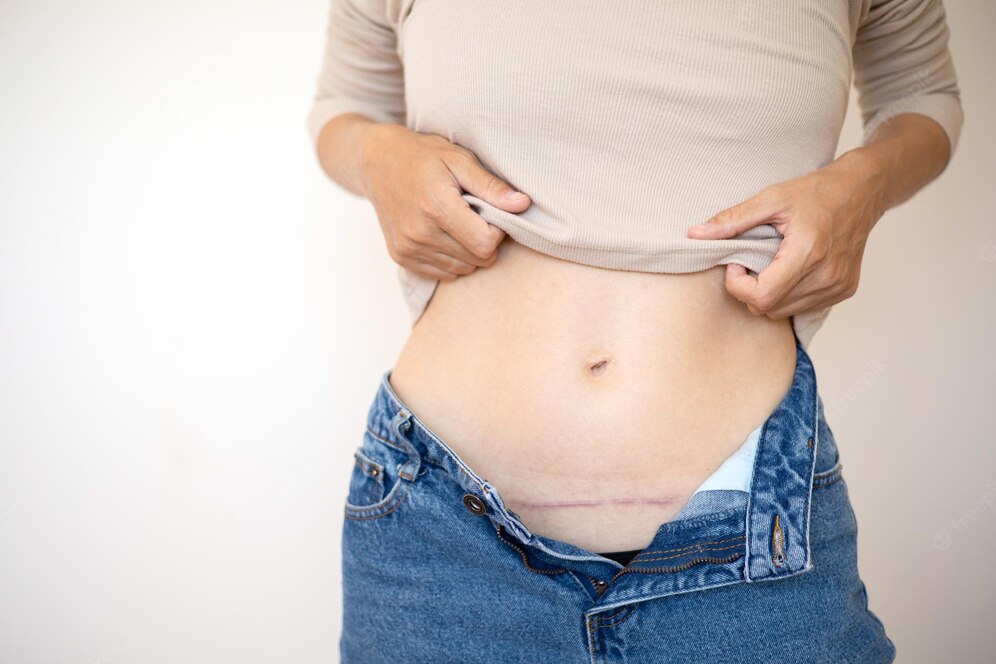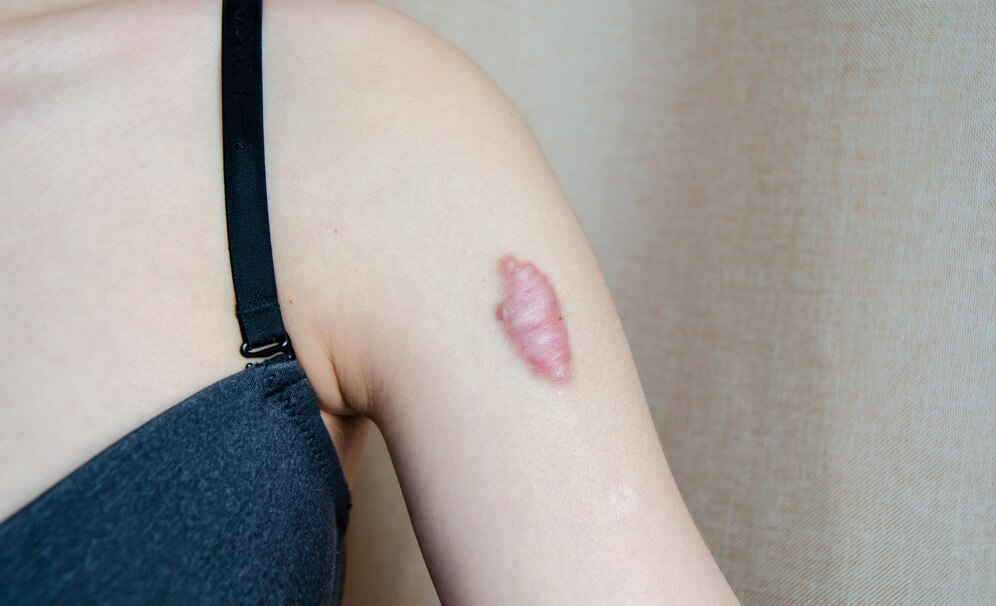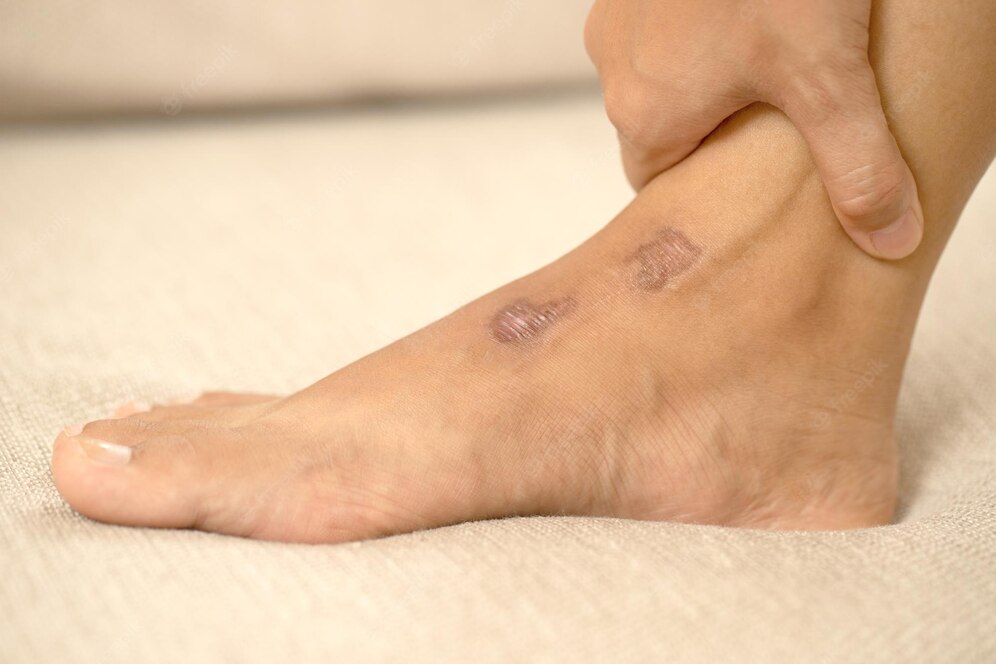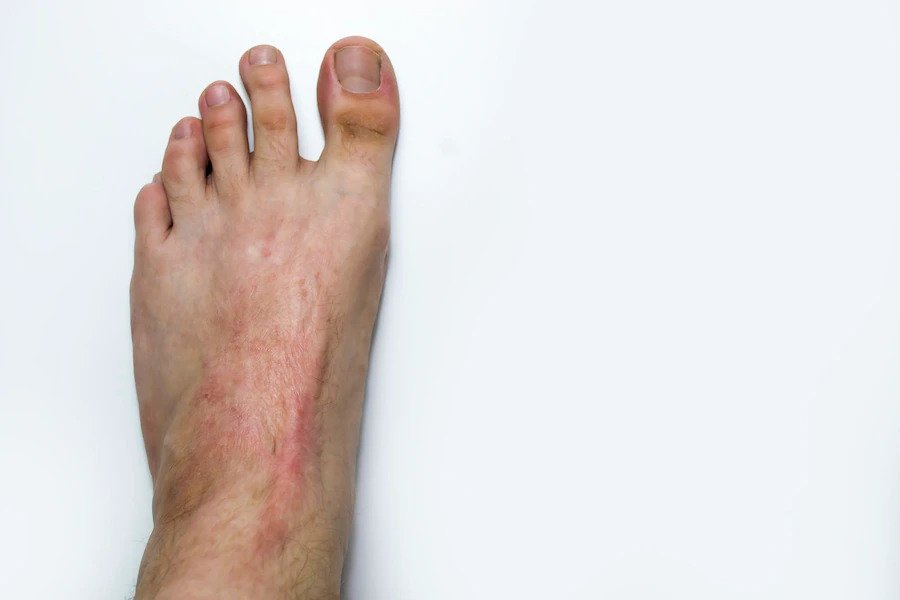
Hypermobility & scar tissue: how to know if there’s a problem5 min read
Did you know that hypermobility & scar tissue behaves differently than regular scarring?
Hypermobility brings additional problems, which can explain why you frequently have an issue that's supposedly healed and resolved, but you continue to have pain and ongoing problems.
We’ll discuss:
- What’s scar tissue?
- Scar tissue and Hypermobility
- How to know if you have a scar tissue problem.
- Self-treatment options for scar tissue problems.
- What you need to know about treatment for scar tissue
What's scar tissue?

According to Healthline, scar tissue refers to thick, fibrous tissues that take the place of healthy ones that have been damaged. It is when the body undergoes trauma or inflammation of your cells and tissue.
In some cases, scar tissues link to form an adhesion, which is a band of scar tissue. This often happens with surgery, and the more surgeries, the greater the amount of scar tissue.
Take a knee, for example. Scar tissue on the knee can bring extra adhesions that behave like Velcro, and they tend to pull on the kneecap.
Scar tissue and hypermobility

People with hypermobility tend to create more and slightly abnormal scar tissue. Often, we'll see more extensive scars with more keloid - an area of irregular fibrous tissue formed at the site of a scar or injury.
When you have Hypermobility, scar tissue forms in a broader range around that injury area, usually more than what is expected from a particular injury type.
Scar tissue can be seen and documented during surgery, but it does not tend to be diagnosed. Everyone has some version of scar tissue, and just like mobility, there's a spectrum. Some of us are really good at creating a lot of scar tissue. Others, not so much so.
If you have hypermobility and you have a scar tissue problem, your issues tend to magnify.
How to if you have a scar tissue problem?

You may have a scarring issue if:
- The scar doesn’t move very well as you move. You should see where it is, but it should move along with your skin in the area.
- Your scar takes a lot of time to heal, and with time it spreads, becoming problematic.
- After a surgery that you feel is getting better, you suddenly start having problems or developing new issues and pain.
Still not sure if you have a scarring issue? Take some time to go through these steps:
- Look at your scar tissue and check for any mobility restriction or puckering around it.
- Check for painful lumps.
- Check for a thick or wide scar that doesn't glide.
- Revise if you have a history of surgery, burns, trauma, inflammatory disease, or infection.
- Check for pain when moving consistently in the same direction.
- Revise if you have difficulty standing up straight or extending a limb.
If any of these apply to you, you may have a scar tissue issue.
Self-treatment options for scar tissue problems

You can start working on loosening up that scar tissue but don't overdo it, or you'll get bruised. Follow these steps:
- Figure out where that scar tissue is.
- Grab a pen and draw a dot in that area.
- Don't just rub on top of that dot, but actually connect with that tissue and move the tissue across the muscle or bone or fash underneath. Now, if that's really painful, you can back off.
- If the area feels too sensitive, keep slowly working on it. That sensitivity usually goes away fairly quickly.
Treatment using soft tissue mobilization techniques can help stimulate the body’s healing response to resorb scar tissue and regenerate healthy tissue. After regaining the tissue movement, exercise using the full range of motion then regains normal mobility.
The Spoon-Technique
A more aggressive option is mobilization using a spoon, which works very well.
The key with this is not about more force, but it is good to help you feel what is going on underneath your skin. The technique goes as follows:
- Take whatever lotion you like. You'll put the lotion on whatever tissue, skin, and scar you've got.
- Try and go in the direction of the tendons and the muscles. Now, make sure you use the back of a spoon as you are not trying to scrape the spoon across the skin. You just want to go to the point where you're pushing them back.
- If you want to go the other way, flip the spoon around.
A good rule of thumb is to cover that area affected three times in each direction. So if you want to try this technique, go all the way across three times and then flip your spoon around, and go three times back. You can do that up to twice a week.
What you need to know about treatment for scar tissue

There are treatment options to get scar tissue moving and get your body to heal it up that work really well.
However, remember that surgery doesn't tend to be one of them. Surgery to fix scar tissue creates more scar tissue. Please don't look at that as an option to fix it unless it's for something specific that your doctor really feels is necessary.
Education is Key

Understanding what to do and how to care for your scar tissue and related nerve pain can help you progress. These problems don't easily go away, but the education piece is critical if you want to make some progress.
With hypermobility, we need to have that stability and control. We need to be aware of our movement because if there is a nerve issue or scar tissue issue, you will start moving your body around it, causing other problems. As a hypermobile person, you can do this to compensate, but that doesn't mean you should long-term.
Finally, make sure you get the right support to clarify which things can get better. Sometimes with scar tissue, we're told that it's healed up, and we're fine when there are things that we could do to help improve scar tissue limitations and issues.
Having Hypermobility can affect your life in many different ways. It is up to us to spread awareness about this condition, don’t be afraid to speak your mind and tell your loved ones how you feel about these common misconceptions.
If you are looking for Hypermobility resources, feel free to check out my blog.
Are you looking to manage your Hypermobility symptoms?
Check out the Hypermobility Solution, the Hypermobile Neck Solution, and Hypermobility 101.

